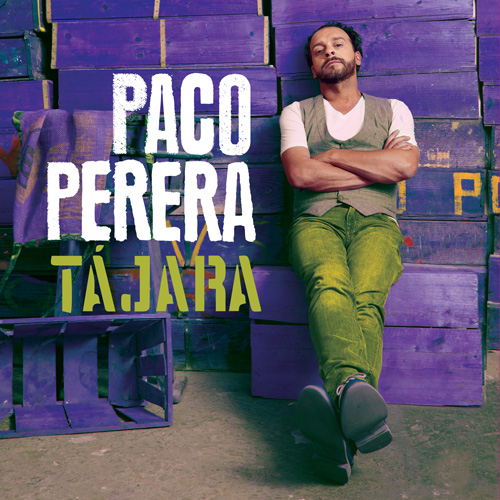
Latest Release
This work is built from tradition towards innovation with a marked mixed heritage and establishing a dialogue between the old and the new, the local and the universal, the acoustic and the electronic…
It uses the traditional folkloric popular tradition of the Canary Islands as a guiding thread and many of its characteristic elements such as instrumentation, folkloric genres, and text from the traditional Canary lyric to be merged with other contemporary elements such as jazz and electronic music.
Discover the story behind each song of Tájara.
Discover Tájara
The Tanganillo is one of many characteristic styles of Canary Island popular music. In this arrangement, we have made an adaptation with clear African influences.
Al tanganillo madre, que al tanganillo,
que una pulga saltando rompió un lebrillo.
Que eso es mentira madre, que eso es mentira,
que una pulga saltando no lo rompía.
A la fuente mi niña sola no vayas
porque el mago es muy bruto todo lo estralla.
A la torre más alta se sube el viento
pero más alto sube el entendimiento.
Señores bailadores pongan cuidado
porque este tanganillo se ha terminado.
Corazones partíos yo no los quiero,
que cuando doy el mío, lo doy entero.
This is an original melody inspired by the numerous songs related to work and other genres present in the traditional folklore of the Canary Islands, with a text about artisanal themes belonging to the popular lyrics of the Canary Islands.
Canta el herrero en la fragua,
y el carpintero en el banco.
El marinero en el agua,
y el labrador en el campo.
This melody of this song is based on melodies of ballads present in the Canarian popular culture and the lyrics come from the “wheat dance,” an agricultural dance and one of the folkloric jewels of the traditional Canarian repertoire.
Cho Juan Periñal tiene un arenal,
un grano de trigo lo quiere sembrar.
Lo siembra en la cumbre, lo coge en la mar,
ansina lo enfeja Cho Juan Periñal.
Ansina lo siembra Cho Juan Periñal,
ansina lo labra Cho Juan Periñal.
Ansina ponía sus pies en la mar,
ansina me enseña mi amor a danzar.
Ansina lo carga Cho Juan Periñal,
lo bota en la era, Cho Juan Periñal.
Ansina ponía sus pies en la mar,
ansina me enseña mi amor a danzar.
The melody of this song is based on melody of romances present in the Canarian popular culture and the lyrics come from the “wheat dance”, an agricultural dance and one of the folkloric gems of the traditional Canarian repertoire.
Arrorró mi niño, arrorró
This original piece is inspired by various styles from the Canarian folklore, such as the Aires de Lima or the Foliá, with rhythms and sounds that suggest Argentine airs, a country with old historical ties with the islands.
No hay amor como el primero,
aunque el segundo más valga.
Porque el primero se lleva,
las ilusiones del alma.
Como quieres que la olvide,
si ella está en mi pensamiento.
Si el amr cría raíces,
y traza los sentimientos.
This is an original piece inspired by Maghrebi music, whose lyrics on the theme of migration from popular Canary culture have been translated into Tamazight, the culture of the first inhabitants of the Canaries.
El mar azul y desierto
tengo yo por compañero.
Como amante está mi barca
y como amigo el silencio.
Yo no me voy de esta tierra,
no quiero ser emigrante.
Yo quiero arar estos surcos
hasta que mi cuerpo aguante.
This composition, which gives the title to the album, is a tribute to the “Baile del Tambor” (Drum Dance), an ancient dance from the island of La Gomera, characterized by the use of indigenous percussion instruments from this island.
This piece is inspired and is a tribute to the pasodoble, a genre with strong roots in the Canary Islands.
This small piece is a tribute to the historical ties between the Canary Islands and Cuba and blends the world of Cuban Rumba with Canary percussion.
This piece takes us from Cuba to Andalucia, with some of its characteristic styles such as the ‘Tanguillo’ or ‘Malagueña’, this genre being essential in music
Al salir el sol te quisiera ver
pero veo niña que no puede ser.
Tus ojos morena me matan a mí
y yo sin tus ojos no puedo vivir.
This piece is an updated adaptation of the traditional “Tango Herreño”, originating from the island of El Hierro and with a marked presence of the original percussion from the island.
Lai larai tiri nana,
Lai larai tiri nini.
Larai lai tiriní.
Buy Tájara
You can purchase Tájara at a nearby retail outlet or receive a copy at your home.